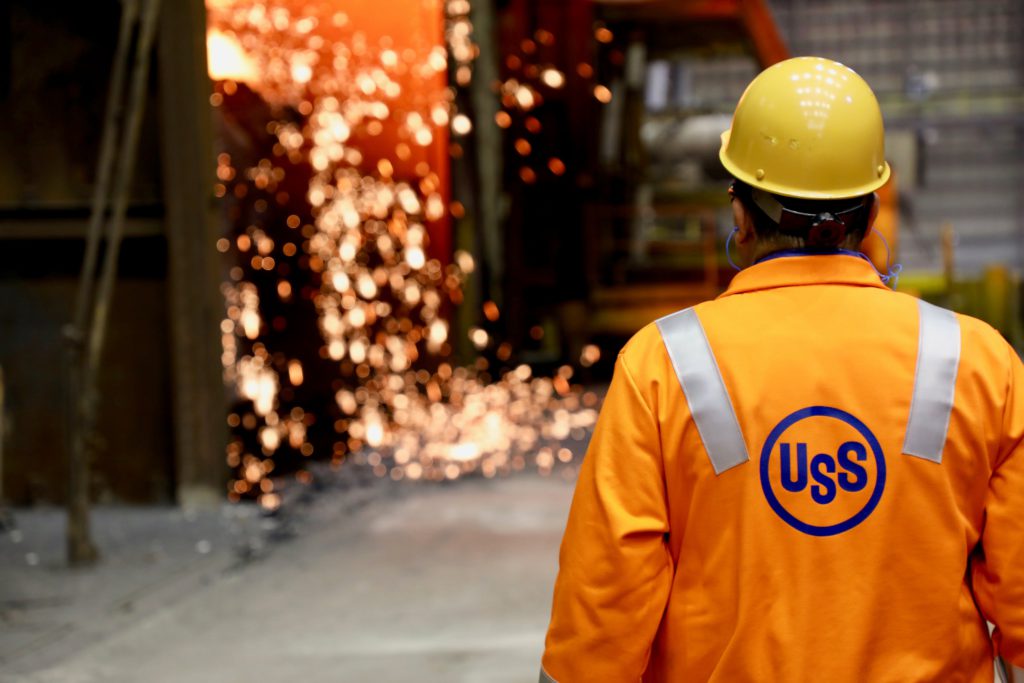While Latin America and the Caribbean have shown the slowest growth in terms of energy transition in the last decade, Brazil and Chile performed extremely well, ranking in the top 20 performers worldwide, according to the World Economic Forum’s 2024 Fostering Effective Energy Transition Report. Both Latin American countries now have a diverse energy mix, with renewable sources contributing significantly to their energy demand. Further growth is expected to be seen in the coming years as both countries continue to develop their renewable energy capacity, with Brazil focusing on a gradual shift away from oil and gas production and Chile supporting the cleantech industry through lithium production.
Brazil and Chile have approached the energy transition differently but have several overlapping achievements. They both sought to enhance energy security by investing in a diverse mix of energy sources, increase the share of renewable energy, introduce carbon pricing mechanisms, and establish regulatory environments to support an energy transition.
The report showed that Brazil doubled down on its commitment to hydropower and biofuels to boost its renewable energy capacity, as well as introducing new wind and solar energy capacity. Renewable energy now contributes nearly half of Brazil’s energy demand. As the current president of the G20, Brazil is also supporting efforts to decarbonise hard-to-abate sectors through the Industrial Deep Decarbonization Initiative. Meanwhile, Chile has increased its renewable energy capacity significantly in recent years, with solar and wind power now contributing around 35 percent of the country’s energy demand. Chile’s clean energy agenda has helped drive projects forward, aimed at achieving carbon neutrality by 2050.
Policy Supporting Brazil’s Transition
This September, the Senate voted in favour of the fuel of the future (combustível do futuro) bill, which is expected to help accelerate Brazil’s green transition. The bill establishes national programmes for green diesel, sustainable aviation fuel (SAF), and biomethane, aimed at decarbonising hard-to-abate industries. Estimates suggest that the programme could help boost the annual demand for liquid biofuels by an additional 11.7Bl and biomethane by an extra 3.4Bm3, according to the consultancy firm Oliver Wyman. This could lead to an additional $10.4 billion of investment in the sector.
In March, the government also approved the Paten energy transition programme, which will provide funds from tax and other credits owed to companies by the federal government. The programme will include funding for companies investing in green energy and clean tech. One of the main priorities of the programme will be the expansion of the production and transmission of solar, wind, biomass, biogas, natural gas, and hydroelectric plants of up to 50MW.
In August, the government voted in favour of a new legal framework for low-carbon hydrogen in Brazil, establishing the National Low-Carbon Hydrogen Policy. It also saw the launch of the Brazilian Hydrogen Certification System and the Special Incentive Regime for Low-Carbon Hydrogen Production (Rehidro), a tax regime designed to encourage technological and industrial development. This is expected to support the deployment of production facilities for low-carbon hydrogen, renewable hydrogen, and green hydrogen.
Chile’s Transition and Challenges
In Chile, the government has accelerated the energy transition through the establishment of a stable regulatory framework, the promotion of public-private partnerships, and strong climate policies. In addition to conventional renewable energy sources, Chile has committed to developing its non-traditional green energy sources.
Chile plans to develop its longest power transmission line to further accelerate its green transition. The line will transport up to 3,000 MW of electricity between the northern province of Antofagasta and the capital city Santiago. Despite rapidly increasing its green energy capacity, Chile’s transmission infrastructure has lagged in recent years. The Kimal-Lo Aguirre transmission project is expected to help connect more renewable energy projects to the grid.
Chile still faces challenges in establishing greater stability in its renewable energy mix, as it experiences an unequal distribution of clean energy throughout the day. This forces Chile to continue relying on fossil fuels during the hours that renewable energy is not being produced. Ana Lía Rojas, the Executive Director of the Chilean Association of Renewable Energy and Storage (ACERA), explained, “In Chile, we have a very high contribution of renewable energies during “solar hours” due to the large number of solar parks.” Rojas added, “The issue we must address is how to distribute this high percentage of renewable penetration in the rest of the hours of the day.”
One way in which Chile will tackle the power reliability issues is by developing its utility-scale battery storage capacity. In May, three utility-scale battery energy storage projects were announced, to be co-located with solar plants. Chile is now set to become the second-largest battery market in the Americas, after the U.S. In 2023, Chile opened 12 storage projects, with a total capacity of 1.3 GW. It currently has 85 energy storage projects, totalling 6.4 GW, in various stages of development.
By Felicity Bradstock for Oilprice.com





